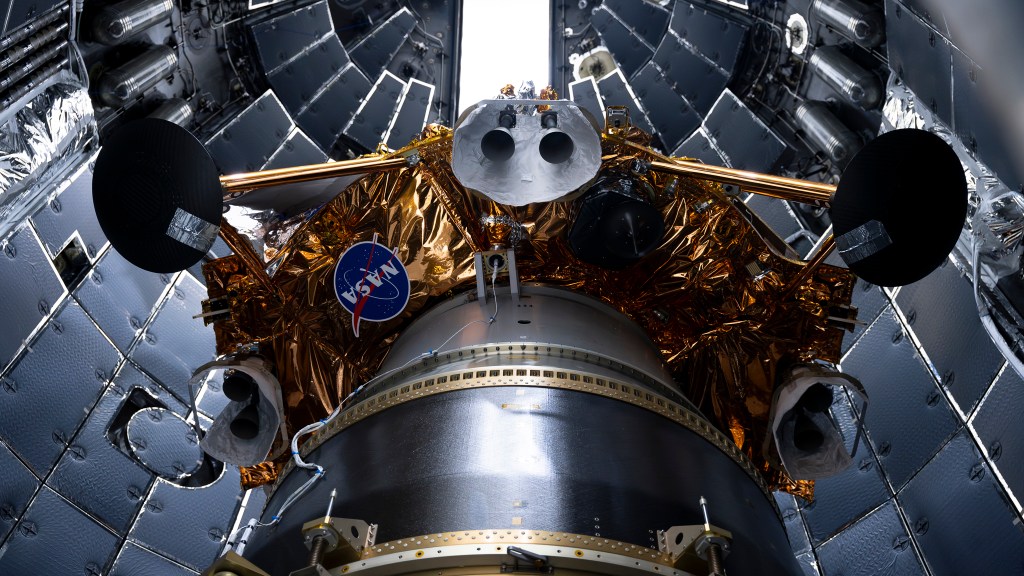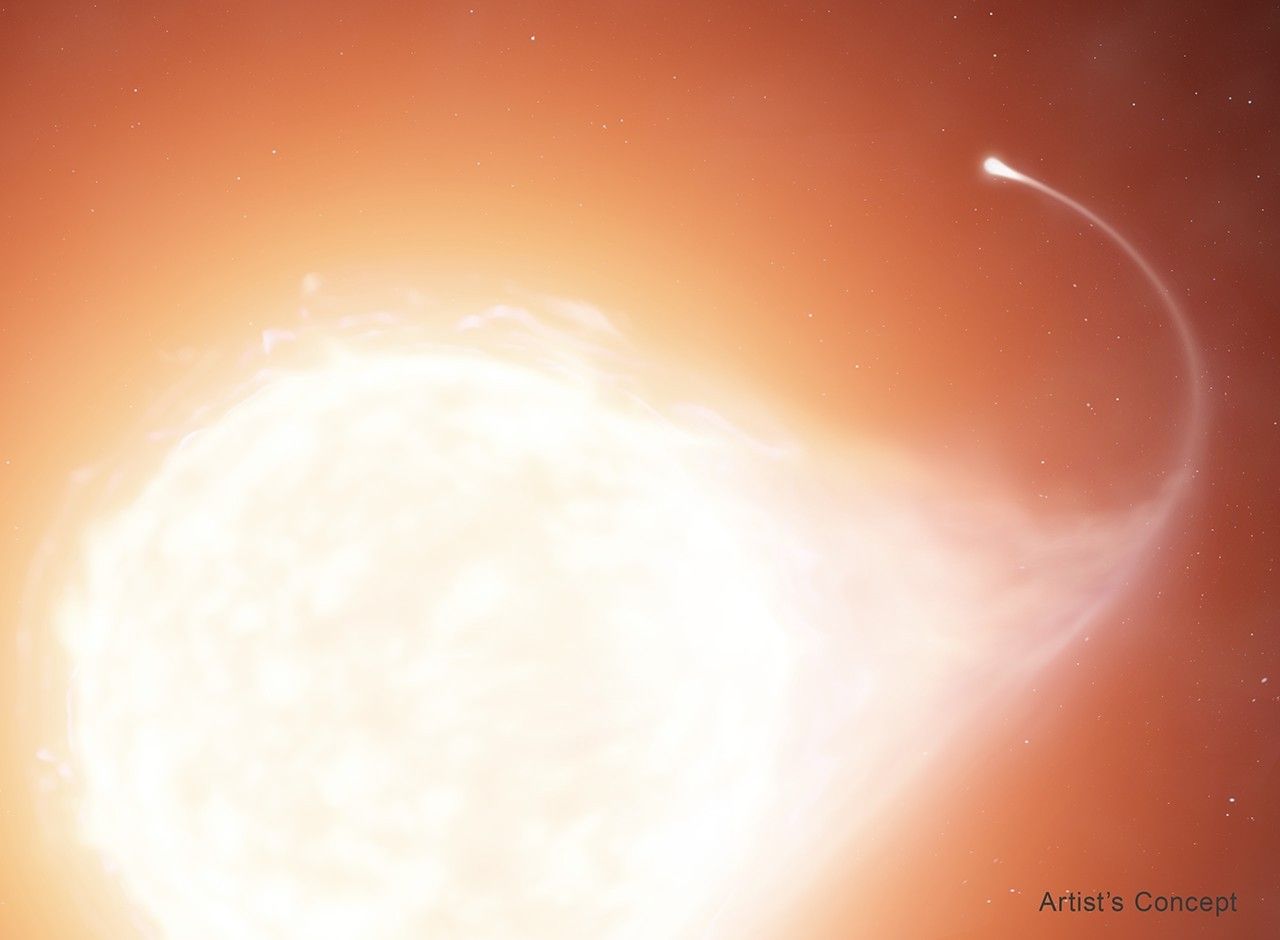
STS-115
STS-115 resumed assembly with the installation of the truss segments P3 and P4 on the International Space Station after a hiatus of four years.
orbiter
mission duration
Launch
Landing

Mission Facts
Mission: International Space Station Assembly Flight 12A
Space Shuttle: Atlantis
Launch Pad: 39B
Launched: Sept. 9, 2006, 11:15 a.m. EDT
Landing Site: Kennedy Space Center, Fla.
Landing: Sept. 21, 2006, 6:21 a.m. EDT
Runway: 33
Revolution: 187
Mission Duration: 11 days, 19 hours, 6 minutes, 35 seconds
Main Gear Touchdown: 6:21:30 a.m. EDT
Nose Gear Touchdown: 6:21:36 a.m. EDT
Wheel Stop: 6:22:16 a.m. EDT
Rollout Distance: 10,500 feet
Miles Traveled: 4.9 million
Crew
Brent W. Jett, Jr., Commander
Christopher J. Ferguson, Pilot
Heidemarie M. Stefanyshyn-Piper, Mission Specialist
Joseph R. (Joe) Tanner, Mission Specialist
Daniel C. Burbank, Mission Specialist
Steven G. MacLean, Mission Specialist
Launch Highlights
A lightning strike at the pad Aug. 25 caused the launch to slip to Aug. 27. As assessments of the strike’s impact were conducted, Tropical Storm Ernesto threatened the Space Coast. Atlantis was rolled halfway back to the Vehicle Assembly Building on Aug. 29 for protection from the storm, but returned to the pad again on the same day after shuttle managers received a more favorable weather forecast.
Launch was rescheduled for Sept. 6 but a fuel cell problem occurred prior to tanking and the launch was scrubbed for 24 hours. The crew boarded Atlantis again on Sept. 8 but the launch was again scrubbed 24 hours due to a faulty sensor reading.
Launch was successful Sept. 9.
Landing Highlights
Atlantis landed on the first opportunity, orbit 187, on Runway 33. Overall, the vehicle traveled 4,901,268 statute miles. Main gear touchdown was at 6:21:30 a.m. Nose gear touchdown was at 6:21:36 a.m. Wheel stop was at 6:22:16 a.m. Rollout distance: 10,500 feet. Mission elapsed time was 11 days, 19 hours and six minutes.
The landing scheduled for Sept. 20 was postponed to allow for additional inspections of the spacecraft after video from cameras aboard the orbiter showed a piece of debris in proximity to the vehicle. The inspections included use of the orbiter boom sensor system and ensured all of Atlantis’ critical equipment were in good shape.
Mission Highlights
This mission resumed assembly of the International Space Station after a hiatus of four years.
Before the docking, the crew used the orbiter boom sensor system, the 50-foot-long extension for the shuttle’s robotic arm, to inspect the reinforced carbon-carbon panels along the leading edge of Atlantis’ starboard and port wings and the nose cap.
Approaching the space station, Commander Brent Jett flew Atlantis through an orbital back-flip while stationed 600 feet below the station to allow the Expedition 13 crew to photograph the orbiter’s heat shield.
After the docking, Ferguson and Burbank attached the shuttle’s robotic arm to the P3/P4 truss, lifted it from its berth in the payload bay, and maneuvered it for handover to the station’s Canadarm2. After hatch opening, MacLean and Expedition 13 Flight Engineer Jeff Williams used the Canadarm2 to take the truss from the shuttle’s robotic arm. MacLean was the first Canadian to operate the Canadarm2 in space.
Three spacewalks were later planned to install the P3/P4 integrated truss, deploy the solar arrays and prepare them for operation. A new procedure called a “camp out” was implemented, in which astronauts slept in the Quest airlock prior to their spacewalks. The process shortens the “prebreathe” time during which nitrogen is purged from the astronauts’ systems and air pressure is lowered so the spacewalkers avoid the condition known as the bends.
Astronauts performed three spacewalks:
- EVA No. 1 — 6 hours, 26 minutes, Sept. 12. Tanner and Piper connected power cables on the 17.5-ton, 45-foot-long truss, released the launch restraints on the solar array blanket box and on the beta gimbal assembly and the solar array wings. They also configured the solar alpha rotary joint, which allows the arrays to track the sun, and removed two other circuit interrupt devices to prepare for the STS-116 mission.
To access the launch locks on the solar alpha rotary joint, the astronauts had to remove existing covers. This was a “get-ahead” task originally scheduled for the following day. Tanner and Piper’s quick and efficient work enabled them to get ahead of the planned timeline. During this procedure on cover 21, a bolt and washer came off and floated into space. - EVA No. 2 — 7 hours, 11 minutes, Sept. 13. First-time spacewalkers Dan Burbank and Steve MacLean released locks on the auto-sized solar alpha rotary joint, which allows the station’s solar arrays to turn toward the sun. The locks had held the joint secure during its launch to orbit.
Minor problems occurred, including a malfunctioning helmet camera, a broken socket tool, a stubborn bolt requiring both astronauts to turn it, and a bolt that loosened from the mechanism designed to hold it. - EVA No. 3 — 6 hours, 42 minutes, Sept. 15. Tanner and Piper powered up a cooling radiator for the newly unfolded solar arrays. They also replaced an S-band radio antenna that provides backup communications between the space station and the ground.
Other tasks, designed to reduce workload for future spacewalkers, included installing insulation for another communications antenna and (Tanner) taking photos of the shuttle’s wings with an infrared camera to test its ability to detect damage.
After astronauts had prepared the solar alpha rotary joint for activation, Mission Control engaged the first of two drive-lock assemblies and rotated the joint 180 degrees.
When they commanded the second drive-lock assembly to engage, they did not get an indication of engagement. A second command also failed. The glitch was resolved overnight.
The solar arrays on the newly delivered 17.5-ton truss segment were fully unfolded at 8:44 a.m. EDT on Sept. 14. During the unfurling, Atlantis’ astronauts noted that some of the panels stuck. The phenomenon, called “stiction,” also occurred during a shuttle mission in late 2000 when the station’s first set of solar panels was deployed.
The power generated by the arrays will not be used by the station until mission STS-116, in December 2006, when astronauts will rewire the complex and activate a cooling system. The arrays currently are powering their own system, including batteries and other electronics equipment.
The solar panels have a wingspan of 240 feet attached on the port side of the station. They can generate 66 kilowatts of power.
The crew also maneuvered the Canadarm2 robotic arm in a “double walk off,” moving it from the Mobile Base System to the Destiny Lab in an inchworm-like procedure.
STS-115
Resources
Shuttle News
Retired Space Shuttle Locations
Shuttle Atlantis – Kennedy Space Center Visitor Complex Shuttle Discovery – Steven F. Udvar-Hazy Center Shuttle Endeavour – California Science…
Read the Story















































